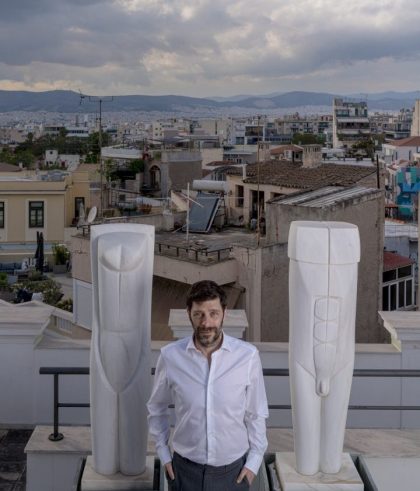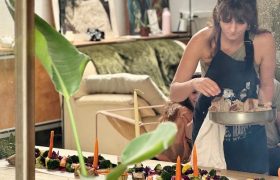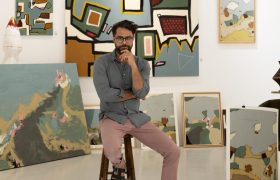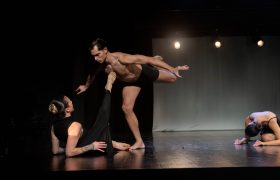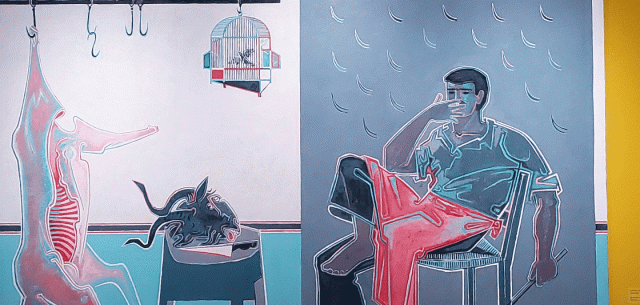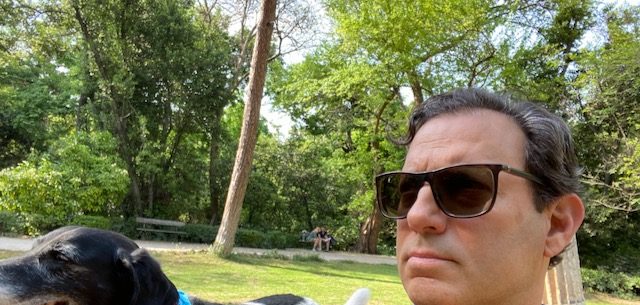The Virtuous Cycle of Greek Culture
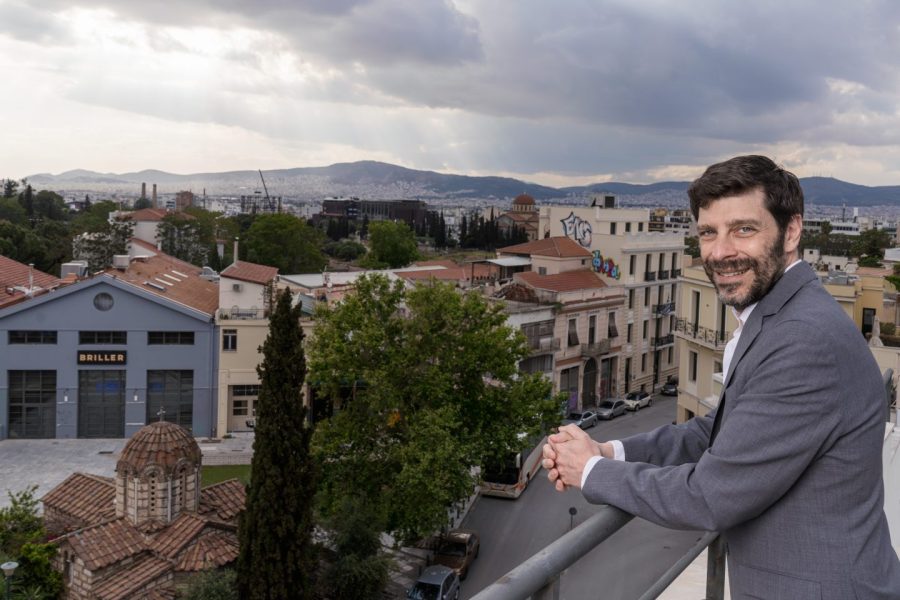
Deputy Minister for Contemporary Culture Nicholas Yatromanolakis speaks to Sudha Nair-Iliades on the soft power of contemporary culture and of reimagining the way forward to cultural sustainability.
You’re the first Deputy Minister of Contemporary Culture. Why was the office created?
It has to do with the fact that contemporary culture definitely adds value. There is a vibrant scene in Greece across the different expressions of art. But it’s also a recognition that this sector requires attention and care in order to deal with some systemic and long-term issues that it has been facing. It is a realization that this is not an either-or situation where you either invest in Greece’s rich heritage or contemporary culture. These are things that can and should co-exist. That way you could showcase a continuum, or demonstrate how we today we deal with our legacy which sometimes is a blessing and sometimes is overwhelming.
Athens has been gaining an international reputation for contemporary culture. How has that reputation developed?
There’s been talk in the last 7-8 years that Athens is the new Berlin. I don’t believe that. I think that Athens is Athens and Berlin is Berlin. But there is definitely an in-flow of artists from abroad and a revival of the Athenian and the Greek scene. Actually, I think that Covid reinforced that trend. Many people opted to go through the pandemic in Athens, including a lot of artists.
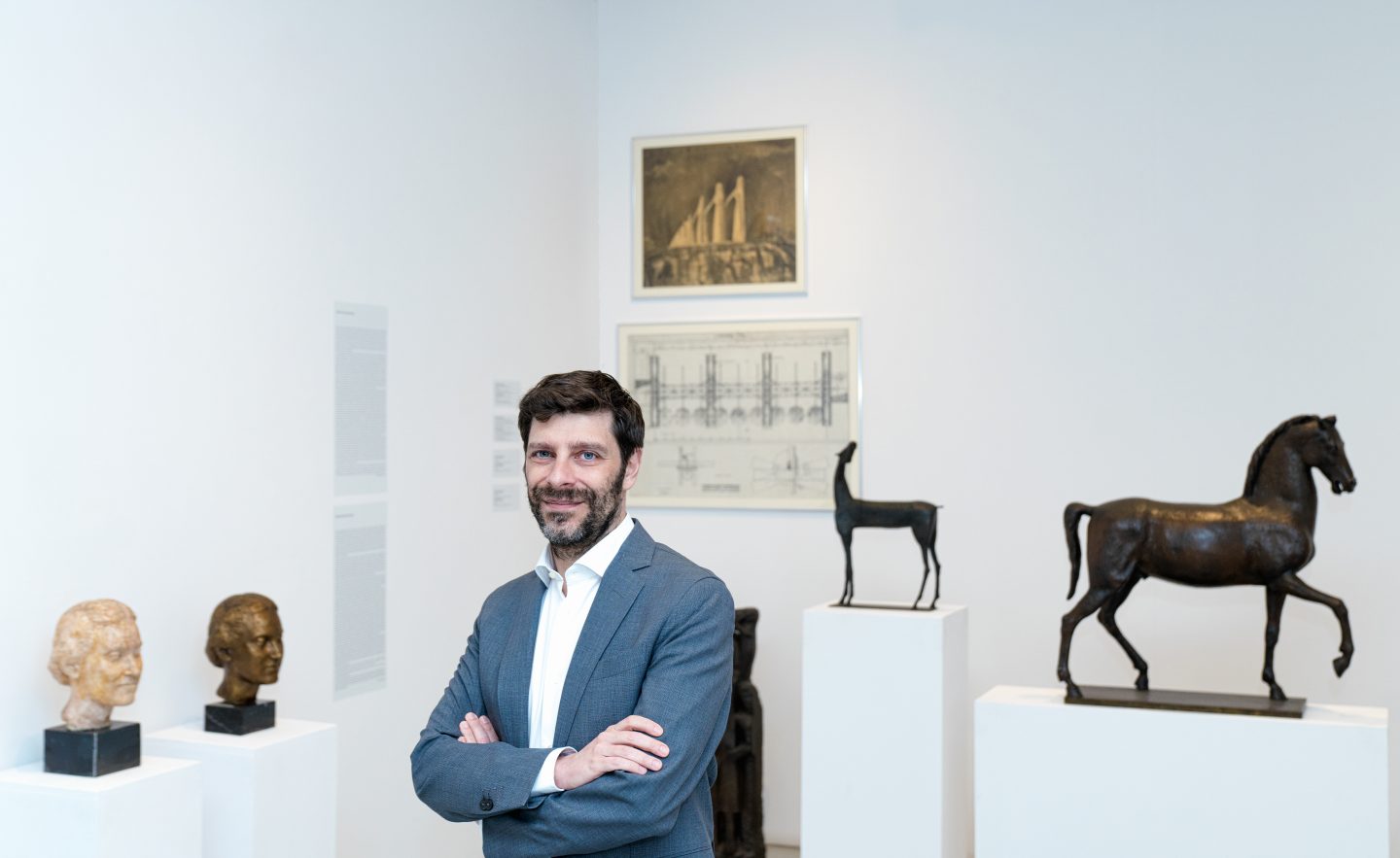
Nicholas Yatromanolakis, Deputy Minister of Contemporary Culture at the Alex Mylonas Museum ©Nikos Karanikolas
So the pandemic was a catalyst?
Yes, for three reasons. Sometimes people think of culture as a luxury. During the pandemic, we couldn’t go to the movies, concerts, museums, we couldn’t watch plays. That made a lot of people realize that culture is not a luxury, it’s part of your quality of life and should be part of your everyday life. Second, in terms of the systemic issues, we could not look the other way anymore. For years the culture sector has been facing social security and labor issues that were highlighted and exacerbated by the pandemic. It accelerated the need for reform. Third, it was almost like a great reset because you had to pause your activity. At the Ministry we couldn’t pause, quite the contrary we had to accelerate. But in terms of cultural production, you could take a break from producing one show to another, you could actually sit and think about what needs to be done.
This is not an either-or situation where you either invest in Greece’s rich heritage or contemporary culture. These are things that can and should co-exist. That way you could showcase a continuum, or demonstrate how we deal with our legacy which sometimes is a blessing and sometimes is overwhelming
Let’s talk about what has already been done. In the short time you have been at the Ministry, there has been a lot of change. EMST has a director and an agenda, they received this amazing gift from Dimitris Daskalopoulos. Today we know there is interest. What is in the pipeline to sustain that interest?
In terms of visual arts, we have opened EMST and we have re-opened the National Gallery. At the same time, you don’t always have to establish new institutions because the existing ones need to be sustainable in the long run and they need to be supported in a way that adds value to the city. For example, through the recovery plan we are developing projects that are focused on the upgrade of existing infrastructure from the National Theater to Megaron, from the offerings of the Greek National Opera to the Athens State Orchestra. It’s also about resolving residual issues and providing institutions with the tools not only to exist but to thrive and grow, to reach more people, and to broaden their audience both in Greece and abroad. It’s about having the ability to compete and be on equal terms with similar institutions abroad, to exchange ideas, talent, and projects, and to have the ability to collaborate. These are all the steps necessary to sustain the momentum.
In the next five years, what do you think the contemporary cultural scene will be able to offer visitors that is different from today?
Nowadays, we have to think more broadly in order to improve the visitor experience. It’s not just about having a good collection or having a good opera or play. It’s about the entire experience. How easily can you book your ticket? How easily can you access the venue? And it has to do with the educational and social roles that the institutions should be playing, and we need to be investing in that. We have been developing projects for audiences 65+, and we are working on projects for people with disabilities to guarantee their access to culture. We are working on how to make culture more accessible so that people feel they belong in the cultural institutions, so that way they can incorporate culture into their everyday lives. And we are trying to see how the digital transformation of our institutions can help reach more people, including visitors. For example, we will have a call for theaters to add sub-titles or monitors on the back of the seats so that visitors can have a translation.
That’s true, I’ve always felt that Athens is such a rich theatrical culture but somehow the foreigners are left out.
Yes you can increase your audience and that makes you more sustainable. At the same time we are talking about becoming more extrovert and promoting Greek culture. This is a way of doing it.
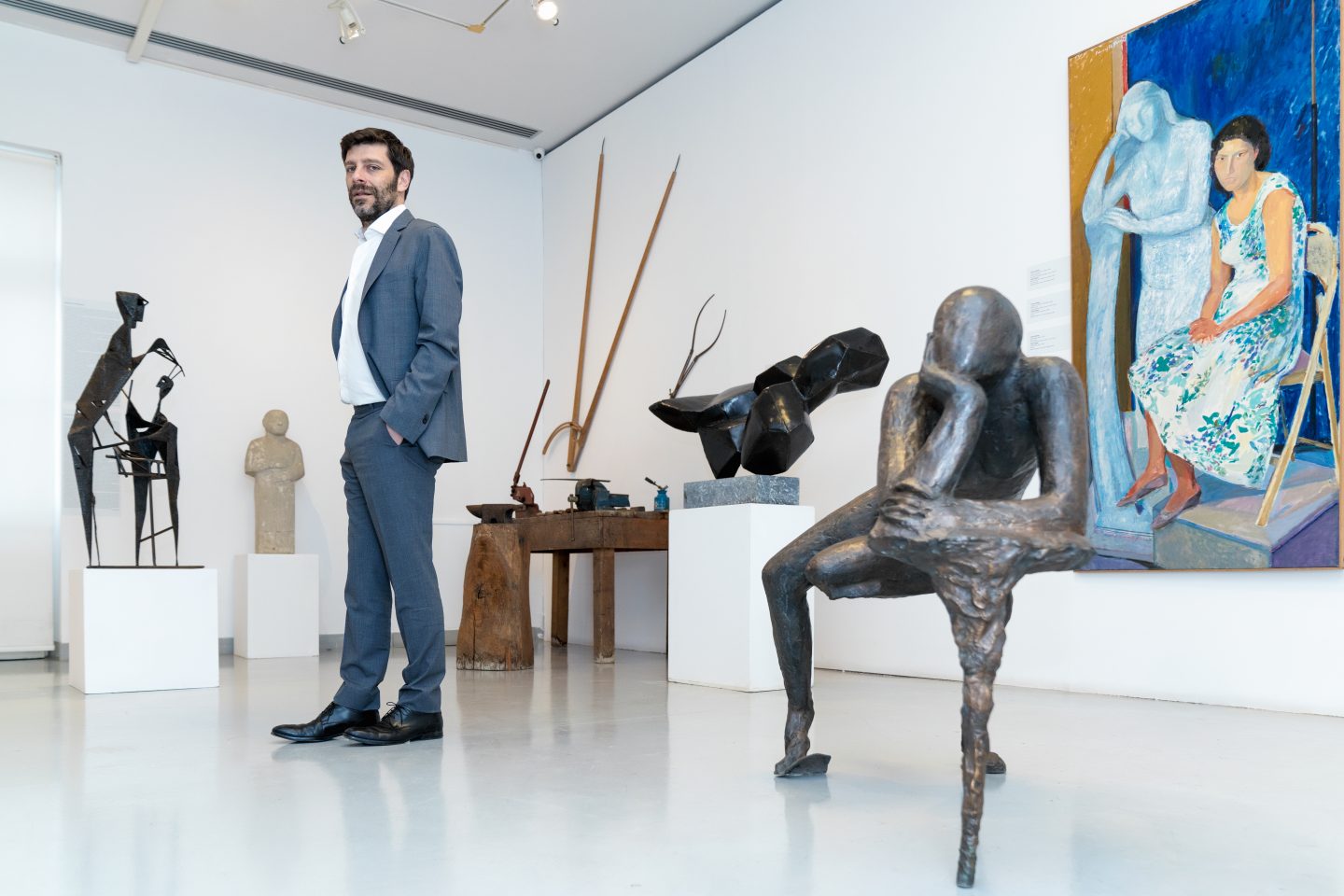
Nicholas Yatromanolakis, Deputy Minister of Contemporary Culture at the Alex Mylonas Museum ©Nikos Karanikolas
Athens can compete only if it keeps on being itself, not by pretending to be something it is not. This weird, wonderful, sometimes chaotic mix of our heritage, our recent past, our present. The sights, smells and sounds, sometimes the noises of a city that literally never sleeps and a city that can offer you wide range of different experiences. There are not many cities that can actually do that in such a scale and intensity. We should keep and accentuate the virtues of the city, and also come to terms and find peace with the rest of the city. Don’t pick and choose or try to find the best view with no solar panels. Accept Athens for what it is.
Your vision for contemporary culture is not about creating the biggest and the best attractions, it’s actually about reforming the legislative framework for the sector. What are the missing pieces?
If you look at the legislation of other European countries you will see there is a mention of the specific status and situation of artists, and from there you can derive certain obligations and benefits. But we don’t have that. Artists fall under a category of self-employed people or working professionals. This became super obvious during the pandemic when a lot of people in the cultural sector didn’t have a safety net, and it wasn’t there because thousands of artists had closed their books during the economic crisis. They were not visible to the state and therefore they couldn’t get support from the state. During the pandemic we set up a registry for artists where they could self-declare as artists so they could get support. As a policy maker, how do you set up a framework that protects people in the sector, but also makes them more resilient and helps them grow? At the end of the day, how do you help them make a living through art, so that art does not become a side project but can actually be their one and only job? You want to create a virtuous circle rather than the vicious circle that was here before.
As a policy maker, how do you set up a framework that protects people in the sector, but also makes them more resilient and helps them grow? At the end of the day, how do you help them make a living through art, so that art does not become a side project but can actually be their one and only job?
Nicholas Yatromanolakis, Deputy Minister of Contemporary Culture at the Alex Mylonas Museum ©Nikos Karanikolas
Many cities have played with the distinction between art and design, and they have gained a traction by promoting cultures of design. Is “design thinking” part of the strategy?
We have very consciously included and incorporated the whole creative industry in the portfolio. We have added things like craft, design, and architecture. I think that Greece has a very strong design industry, and it has a huge tradition in craft that needs to be revived and repositioned so that it aligns with today’s needs. Together they actually solidify this narrative that creativity is one of the strong suits of this country, and this can have a financial impact and be something that we can export, something that can help local economies around Greece. It can reinforce our soft power, and we can also be an equal partner at an international level.
Drawing on your experience working at SNFCC, do you think the way forward to make cultural institutions sustainable is to encourage public-private partnerships?
It also became obvious during the pandemic that an entirely private model is very vulnerable. I think the state should play a role and should be a permanent contributor to the cultural sector. The state is the one that sets the framework and the rules, as it should, because we have to ensure that everyone has access to culture and that all forms of art are being developed. But when you set up this framework, I think it is mutually beneficial to have and encourage partnerships between the public and private sector. It’s not a competition and it’s not about whose vision is going to win. Across Europe you see how private institutions have their own cultural programs, but they also start collaborating with public institutions.
Art Collector Dimitris Daskalopoulos recently donated his private art collection to EMST. Is that a sign of trust in the state?
I think that is a strong vote of confidence in the role played by public cultural institutions. If you think about it, Daskalopoulos could have opened his own private museum, but he opted not to do so.
At the same time, EMST has become a global player?
We have become more extrovert and we are becoming equals at the table of art players around the world.
Finally, can you tell us something about the Acropole Project?
The Acropole is a new institution that is different from the other cultural institutions in that it is not primarily an exhibition space or performing venue, it’s about the cultural sector and its people. It’s about capacity and skill building, networking, financing, residencies and other projects that are related to the resilience and reinforcement of the cultural sector. At the same time, it will be open to the public because it will have a few small exhibition spaces and a café and bar. It’s one of the corner stones of our strategy because it will provide all these tools to the sector. We have secured EU funding for the first few years of functioning and are proceeding with the outfitting of the building, so I hope that by the end of the year or beginning of next year it will be up and running.

